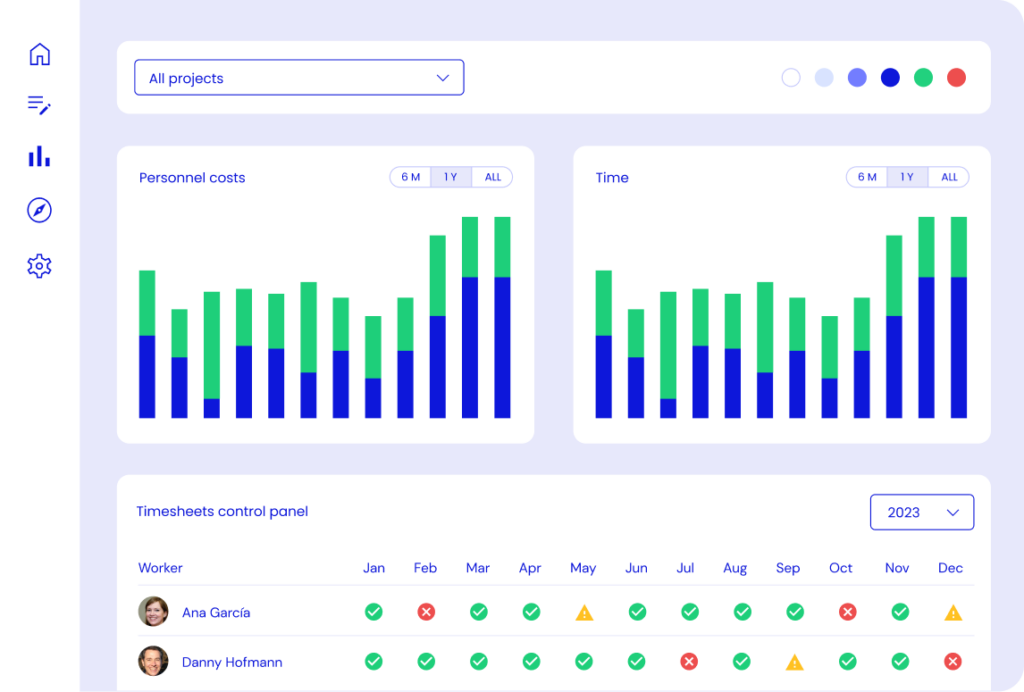Horizon 2020 (H2020) projects often involve years of preparation, execution, and reporting. When the final report is submitted, it’s tempting to assume that everything is finished. But in reality, the end of the project marks the beginning of a new phase of responsibilities.
Failing to comply with these post-project obligations can result in severe financial consequences, including the risk of repayment of grant funds. In this guide, we will break down the obligations that continue after your H2020 project closes—and how you can manage them effectively.
The Silent Phase: Life After the Final Report
At the end of your project, you have submitted your final periodic report, delivered all the outputs, and participated in the final review meeting. You may believe your obligations are fulfilled. However, the Annotated Grant Agreement (AGA) for Horizon 2020 makes it very clear: several obligations extend well beyond the project’s end date.
1️⃣ Document Retention: Your Administrative Shield
Perhaps the most critical obligation is document retention. According to the AGA:
- Retention period: You must keep all supporting documents for 5 years after receiving the final payment.
- Documents to retain include:
- Contracts, subcontracts, invoices, and purchase orders.
- Timesheets and personnel records.
- Proof of payment (bank statements, receipts).
- Internal cost accounting records.
- Communication records related to EU reporting.
Why is this critical?
Because the European Commission, the European Court of Auditors, or OLAF may audit your project years after completion. If you cannot produce adequate documentation, even fully justified expenses may be declared ineligible, triggering repayment obligations.
💡 Kronis tip: Digitize and securely archive all financial, administrative, and technical documents. Establish a centralized digital archive accessible to authorized personnel only.
2️⃣ The Long Arm of the EU: Audits and Reviews Can Come Anytime
Even if your project ran flawlessly, audits remain a reality. The Commission may perform:
- Financial audits — Verifying the accuracy of your cost claims.
- Technical reviews — Assessing the achievement of project results.
Audits typically focus on areas such as:
- Personnel costs: Accurate timesheets, consistent salary calculations.
- Subcontracting: Proper procurement procedures and conflict-of-interest documentation.
- Indirect costs: Correct application of flat-rate percentages.
- Eligibility of actual costs: Compliance with Articles 6.1 and 6.2 of the Grant Agreement.
⚠️ If irregularities are found, beneficiaries may face:
- Recovery orders for reimbursement.
- Financial corrections reducing previously approved payments.
- Sanctions for severe or repeated non-compliance.
💡 Kronis tip: Perform a self-audit before finalizing your project to identify and correct potential gaps.
3️⃣ Dissemination and Communication Obligations: They Don’t Stop at Project End
H2020 grants include ongoing obligations to:
- Promote project results.
- Ensure EU funding visibility in future publications, presentations, and events.
- Support open access commitments where applicable.
Even after your project has ended, your team must continue to ensure that all future communications:
- Display EU logos and funding acknowledgements.
- Respect open access requirements for publications and data (as specified in your Grant Agreement).
💡 Kronis tip: Create internal guidelines for all post-project publications and communication to ensure compliance.
4️⃣ Exploitation of Results: Active Responsibility Beyond Completion
Beneficiaries are not just expected to complete the work—they are also expected to use the results.
This includes:
- Patenting or otherwise protecting intellectual property (IP).
- Developing commercial products or services.
- Sharing results with relevant stakeholders and industries.
The Commission may contact beneficiaries for follow-up impact surveys, even years later, to assess the exploitation and uptake of project results.
💡 Kronis tip: Assign an exploitation manager responsible for monitoring and documenting the commercialization or broader use of results.
5️⃣ Intellectual Property and IPR Protection: Ongoing Obligations
IP generated during the project remains subject to:
- Protection obligations (patents, trademarks, etc.).
- Access rights management for partners and third parties.
- Reporting obligations on the status of protection efforts.
Neglecting IP protection duties can lead to conflicts with former partners or the Commission itself.
💡 Kronis tip: Maintain clear internal procedures for managing IPR during and after project completion.
6️⃣ Financial Recovery: The Risk You Can’t Ignore
If an audit identifies ineligible costs, repayment may be demanded—even years later.
- The Commission may issue recovery orders.
- Interest may apply on amounts owed.
- Joint and several liabilities may extend repayment obligations across consortium partners.
In extreme cases, unresolved non-compliance can affect your organization’s future eligibility for EU funding.
💡 Kronis tip: Use a robust financial management tool like Kronis.app to ensure compliance and minimize the risk of future corrections.
Why Do Post-Project Obligations Exist?
The rationale is simple: public funds must be spent properly and transparently. The EU retains the right to verify compliance long after a project ends to ensure accountability and value for money.
Far from being bureaucratic burdens, these rules are designed to:
- Protect taxpayers’ money.
- Ensure fair competition.
- Safeguard scientific and economic integrity.
By fully understanding and preparing for these obligations, beneficiaries can turn compliance into a competitive advantage.
Horizon 2020 projects do not truly end when the final report is submitted. They evolve into a long-term administrative and financial responsibility. Those who treat closure as merely a reporting deadline may face severe consequences down the road.
However, with good preparation, proper record-keeping, and proactive management, you can navigate post-project obligations confidently.
Kronis.app helps you stay compliant before, during, and after your EU-funded project—minimizing risks and giving you peace of mind.

